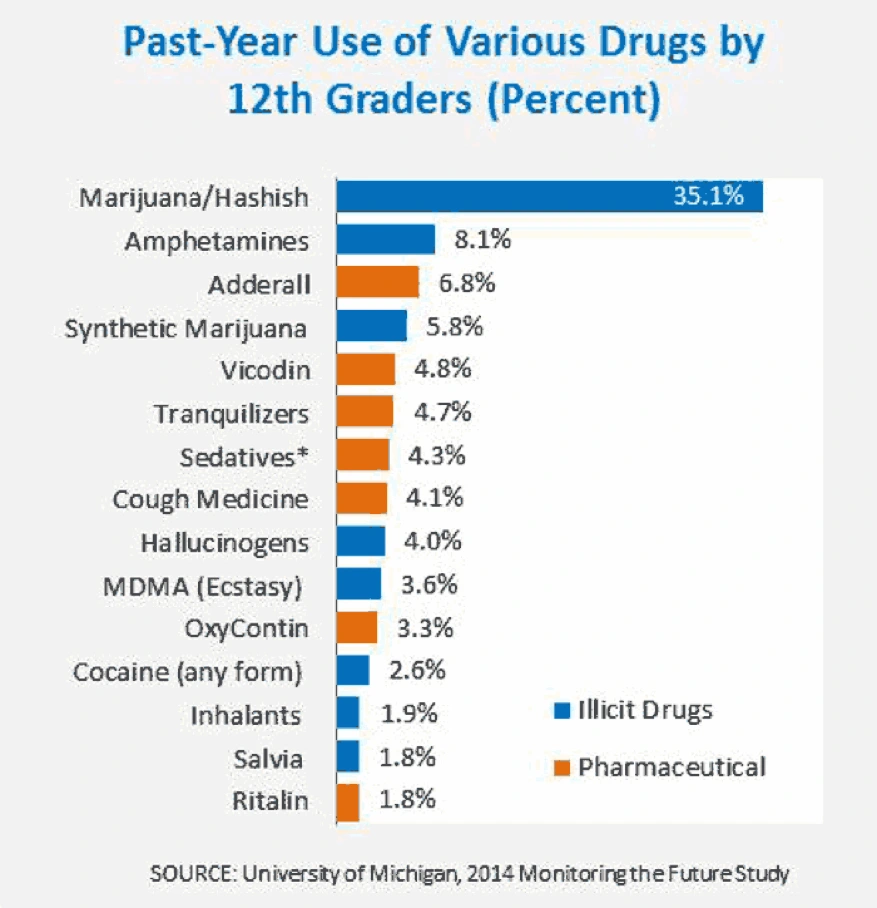An Introduction to Substance Use Disorders for Dental Professionals
Course Number: 545
Course Contents
Prescription Medication Use & Addiction
Prescription medication abuse is the intentional use of a medication without a prescription, in a way other than as prescribed, or for the experience or feeling it causes (for the “high”). It is a problem that deserves attention, especially from healthcare professionals. While prescription drugs can be powerful healing tools, they also pose serious health risks related to their abuse.32
In 2019, 5.3 million Americans aged 12 or older (1.9%) had used prescription drugs nonmedically in the past month.34,35 There were approximately 2 million persons aged 12 or older who used psychotherapeutics nonmedically for the first time within the past year.47 The class of prescription drugs most commonly abused is opioid pain relievers, such as Vicodin ® or OxyContin ®.51,53
Prescription (Rx) and over-the-counter (OTC) medications account for most of the commonly abused drugs by high school seniors (Figure 10). After alcohol and marijuana, Rx and OTC medications are the most commonly abused substances by Americans aged 14 and older. When asked how prescription narcotics were obtained for nonmedical use, 70% of 12th graders said they were given to them by a friend or relative. 32
Figure 10.
There are several factors that contribute to prescription drug abuse:
Misperceptions about their safety. Because these medications are prescribed by doctors, many patients assume the medications are safe to take under any circumstances. This is not the case. Prescription drugs act directly or indirectly on the same brain systems affected by illicit drugs. Using a medication other than as prescribed can lead to a variety of adverse health effects including overdose, addiction or death.
Increasing availability. From 2008-2017, prescriptions for stimulants increased by 125.9% (52.5 to 118.6 prescriptions per thousand population). Prescriptions for opioids rose from 2006 to a peak of 255 million in 2012 at a prescribing rate of 81.3 prescriptions per 100 individuals in the population. Due to effective education efforts, the 2018 rate declined to the lowest rate (in 13 years of data) to 168 million (51.4 prescriptions per 100 population).9
Motivations to abuse. Patients may use prescription drugs to get high; to counter anxiety, pain, or sleep problems; or to enhance cognition. Whatever the motivation, prescription drug abuse comes with serious risks.9,32


